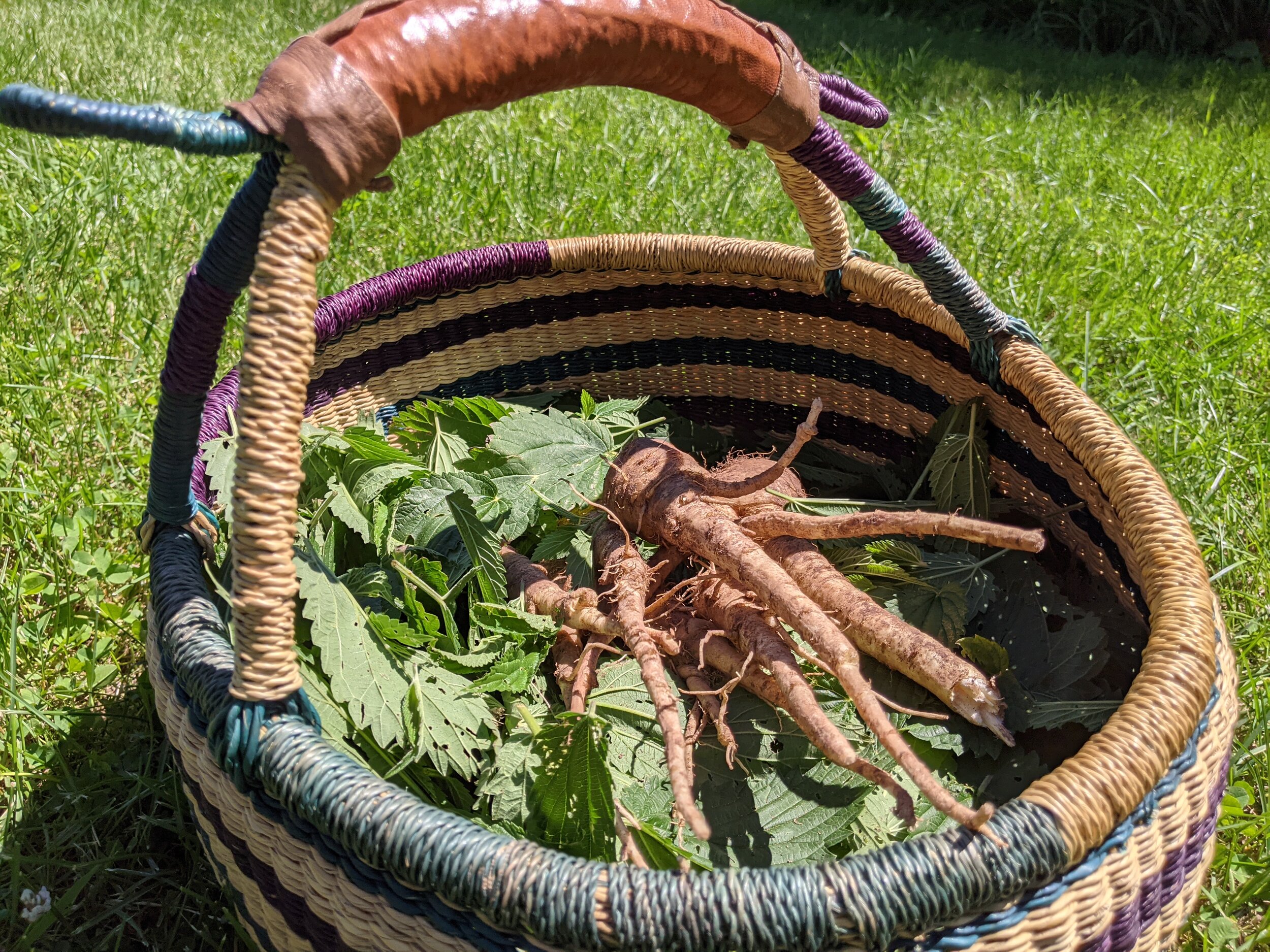A Climate Victory Garden is grounded in the carbon-sucking principles of regenerative agriculture, which uses practices that mimic nature. Regenerative farmers basically allow plants to work their magic, and keep more carbon in the ground, by practicing minimal tilling, planting a mix of crops, keeping roots in the ground year round, and shoveling on lots of organic material. So what does this mean for the backyard gardener? It boils down to this: make soil-building the priority before you plant your garden, and afterwards. So, want to do something, anything, for the planet? Here are a few tips for starting your own Climate Victory Garden.
Read MoreI’m not alone in my admiration for strawberries. In ancient Rome, the strawberry symbolized Venus, the Goddess of Love, because of its heart shape and color. In medieval times, stone masons carved strawberries on altars and churches because they symbolized perfection and righteousness. Much more recently—last month, in fact—strawberries have become my ticket to sanity, a means of dealing with the stress of the ongoing pandemic.
Read MoreAllium sativum, or garlic, is my spirit vegetable. It’s my way of expressing massive appreciation for this plant, which I have used as a medicine, an herbal flavoring, a culinary staple, and a standalone treat. Its fans are legion, gathering at events like the Gilroy Garlic Festival in California, the state that grows the vast majority of the country’s garlic (most of which is then dehydrated into powder for processed food), and the North Quabbin Garlic & Arts Festival in central Massachusetts, where heirloom varieties from small farms reign supreme.
Read MorePlanting a garden is a powerful act. It gives each of us with access to a little dirt the power to feed ourselves healthy food, and do something about climate change.
Read MoreWhen I lived as a market farmer in Washington State, Saturday afternoons were a celebration of sorts. After a busy week of tending and harvesting up to 200 different herbs and vegetables, I’d invite the community to a weekly farmstand. I’d begin preparations early and by 11am the vegetable display was primed with puffed bags of lettuce and tall, carefully stacked pyramids of freshly picked tomatoes. It was a relief to open the farm gates and finally be able to sit and chat with friends and neighbors.
Read MoreThere's a thin line between fertilizing and over-fertilizing your food crops. Too few nutrients and your tomatoes and corn never really take off. Too many and your artichoke and broccoli can suffer. Since I tend to favor deep-rooted perennials, which are low-maintenance and more resistant to weather extremes, my particular challenge is making sure I don't overdo it. So, I use fertilizer strategically, boosting plant growth largely by feeding my soil. I test my soil every other year, so I know the nutrients my soil needs. And I rely on timing, knowing the right mix of fertilizer, and the best sources.
Read MoreI really hate weeding. There are days it requires all the strength I have to get out there and pull these tough tufts of green from between my rows of carefully tended beans and peas. But there are reasons to like weeds, or at least respect them.
Read MoreI really hate weeding. There are days it requires all the strength I have to get out there and pull these tough tufts of green from between my rows of carefully tended beans and peas. But there are reasons to like weeds, or at least respect them.
Read MoreWhen I moved to the Pacific Northwest eight years ago to start a market farm, it was my first experience growing food on a large scale. My focus was on planting organic crops and finding enough customers to eat them. It took only a couple of years to add a new farm priority: managing the area’s extreme weather challenges.
Read MoreThere's a thin line between fertilizing and overfertilizing your food crops. Too few nutrients and your tomatoes and corn never really take off. Too many and your artichoke and broccoli can suffer. Since I tend to favor deep-rooted perennials, which are low-maintenance and more resistant to weather extremes, my particular challenge is making sure I don't overdo it. So I use fertilizer strategically, boosting plant growth largely by feeding my soil. I test my soil every other year so I know the nutrients my soil needs. And I rely on timing, knowing the right mix of fertilizer, and the best sources.
Read MoreNobody likes to weed. It’s easy to romanticize growing your own food until you try scrubbing the dirt out from underneath your fingernails after a long afternoon pulling little weeds from in between your radishes, only to see them sprout up again a week later. But there’s no way to avoid them, and with a few quick tips you can at least minimize how much time you spend weeding.
Read MoreMy dark winter nights are generally spent curled next to a fire devouring every seed catalog that can fit into my mailbox. Dreaming of the tomatoes, peas, and corn I’ll plant in the spring helps me survive the blistering cold winter here in New Hampshire.
Read More













